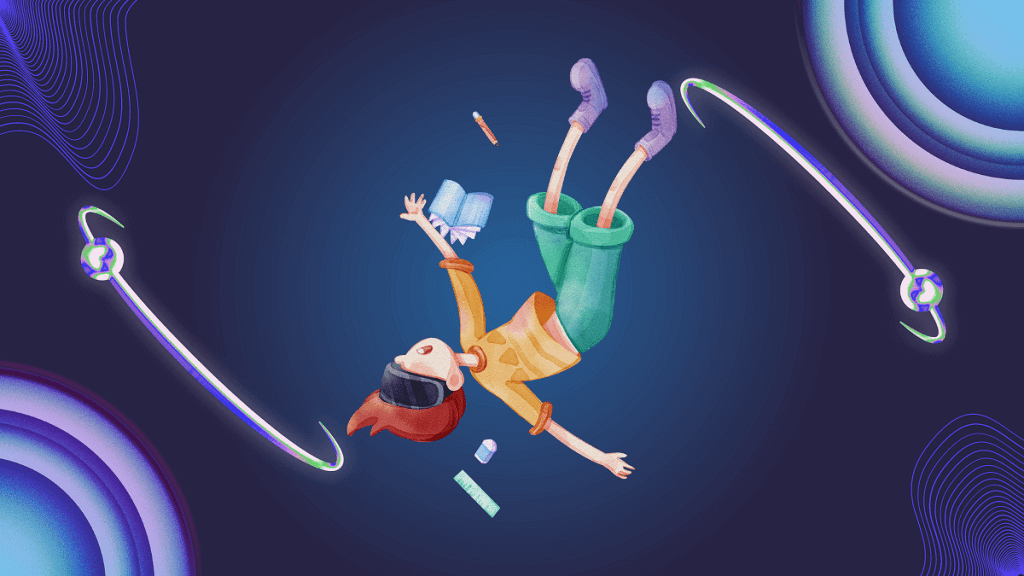
Introduction
The concept of Artificial Intelligence Generated Content (AIGC) has been in existence for many years. However, recent enhancements made to deep learning algorithms have rendered it more dependable and easier to obtain. AIGC refers to content created by artificial intelligence algorithms without human intervention. Examples include text, images, videos, and 3D models. In this blog post, we will explore the different types of AIGC, the tools used to create it, its applications, future developments, and ethical implications, with a focus on how Workflos AI products fit into this landscape.
AIGC Models and Content
Artificial Intelligence Generated Content (AIGC) models are advanced algorithms that have revolutionized the way we create content. With the help of these models, it is now possible to generate high-quality content in various formats such as realistic images, videos, and coherent text based on input data and user-defined parameters.
One of the most widely used AIGC models is GPT-3 for text generation, which has been developed by OpenAI. It can produce human-like text with astounding accuracy, making it an ideal choice for tasks such as content creation, translation, and summarization. The model has a vast database of information, which it uses to create unique content based on the user’s input.
Another popular AIGC model is StyleGAN for image generation, which can produce highly realistic images from scratch. This model has been used in various fields, including gaming, advertising, and even fashion. StyleGAN has proven to be an essential tool in creating hyper-realistic images that are almost indistinguishable from real-life photos.
Apart from 2D images, AIGC can also create 3D models used in industries such as architecture, gaming, and product design. These models are incredibly accurate and can save time and resources compared to traditional methods of creating 3D models. AIGC 3D models can also be used in virtual reality (VR) experiences, providing an immersive experience for the user.
In conclusion, AIGC models have transformed the content creation process in more ways than one. They have allowed us to create high-quality content across various formats quickly and efficiently, saving both time and resources. As technology advances, we can expect AIGC models to become even more sophisticated and play a significant role in shaping the future of content creation.
Tools for Creating High-Quality AIGC
Artificial Intelligence Generated Content (AIGC) is content created by AI algorithms without human intervention. Workflos AI offers user-friendly tools like GPT-3 for text generation and StyleGAN for image generation, creating high-quality content in various formats including 3D models. AIGC technology is used in healthcare, entertainment, recommendation systems, chatbots, and virtual assistants. Workflos AI is continuously researching to improve the accuracy, reliability, and safety of its products in emerging technologies such as the metaverse. While AIGC raises concerns about authorship, ownership, and creativity, Workflos AI ensures transparency and fairness in its development and considers the ethical implications. The future of AIGC is promising with the potential to revolutionize industries while balancing ethical considerations.

AIGC Future Developments
Researchers are continuously working on improving AIGC models’ accuracy, reliability, and safety. AIGC is expected to play a significant role in emerging technologies such as the metaverse. It can be used to create realistic avatars, environments, and objects in the metaverse.
However, AIGC raises questions about authorship, ownership, and creativity. Many AIGC models recognize these concerns and ensure that their products are designed with transparency and fairness in mind. Despite its potential benefits, AIGC’s development must ensure that it benefits everyone.
Conclusion
AIGC technology has the potential to revolutionize various industries and improve human experiences but raises ethical concerns and challenges traditional notions of creativity and authorship. Workflos AI products are at the forefront of this technology, offering user-friendly tools for businesses of all sizes. While AIGC models are advancing and becoming more reliable, society must address ethical implications and ensure development benefits everyone. The future of AIGC is exciting, promising, and one that needs careful attention to ensure its impact is positive.


